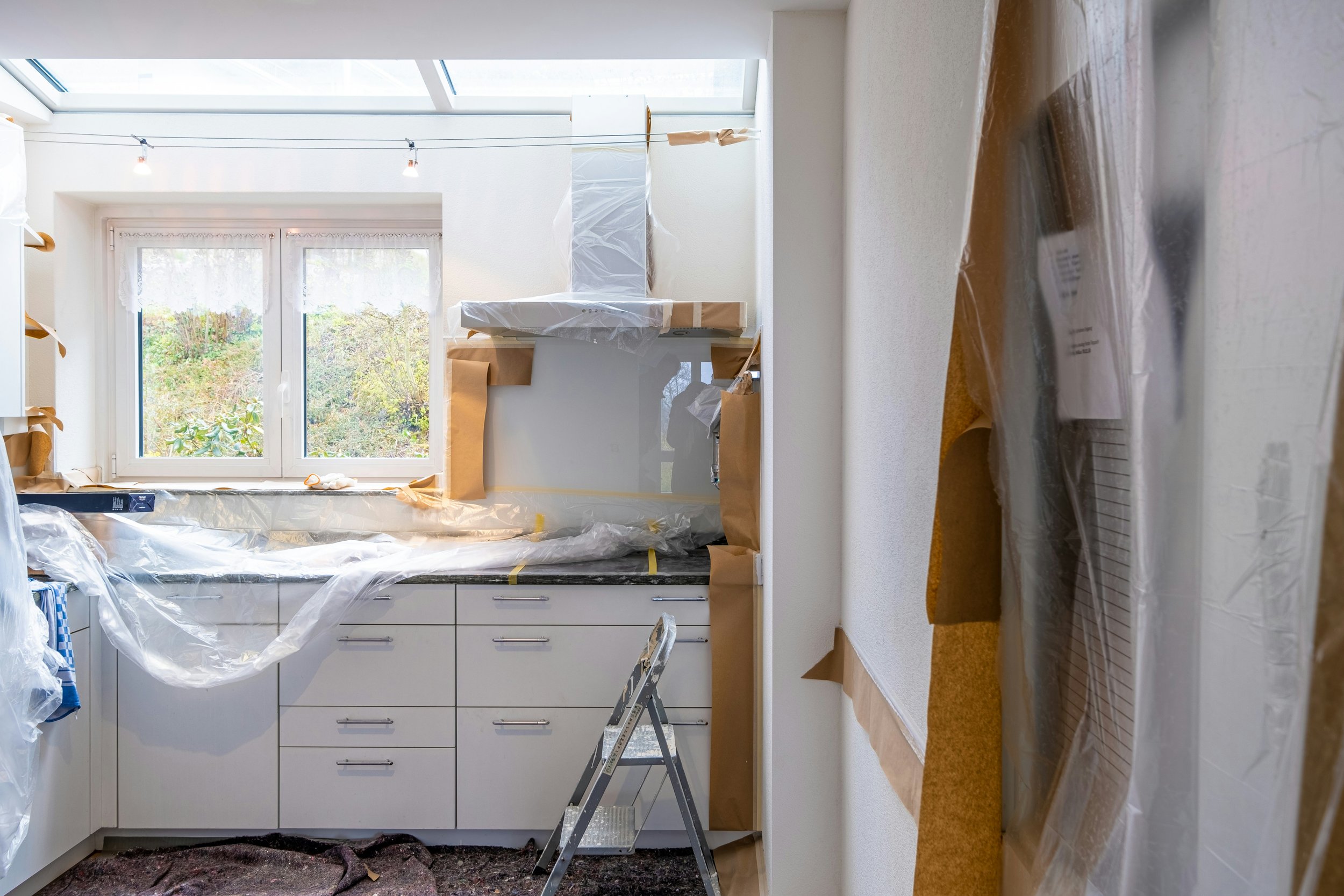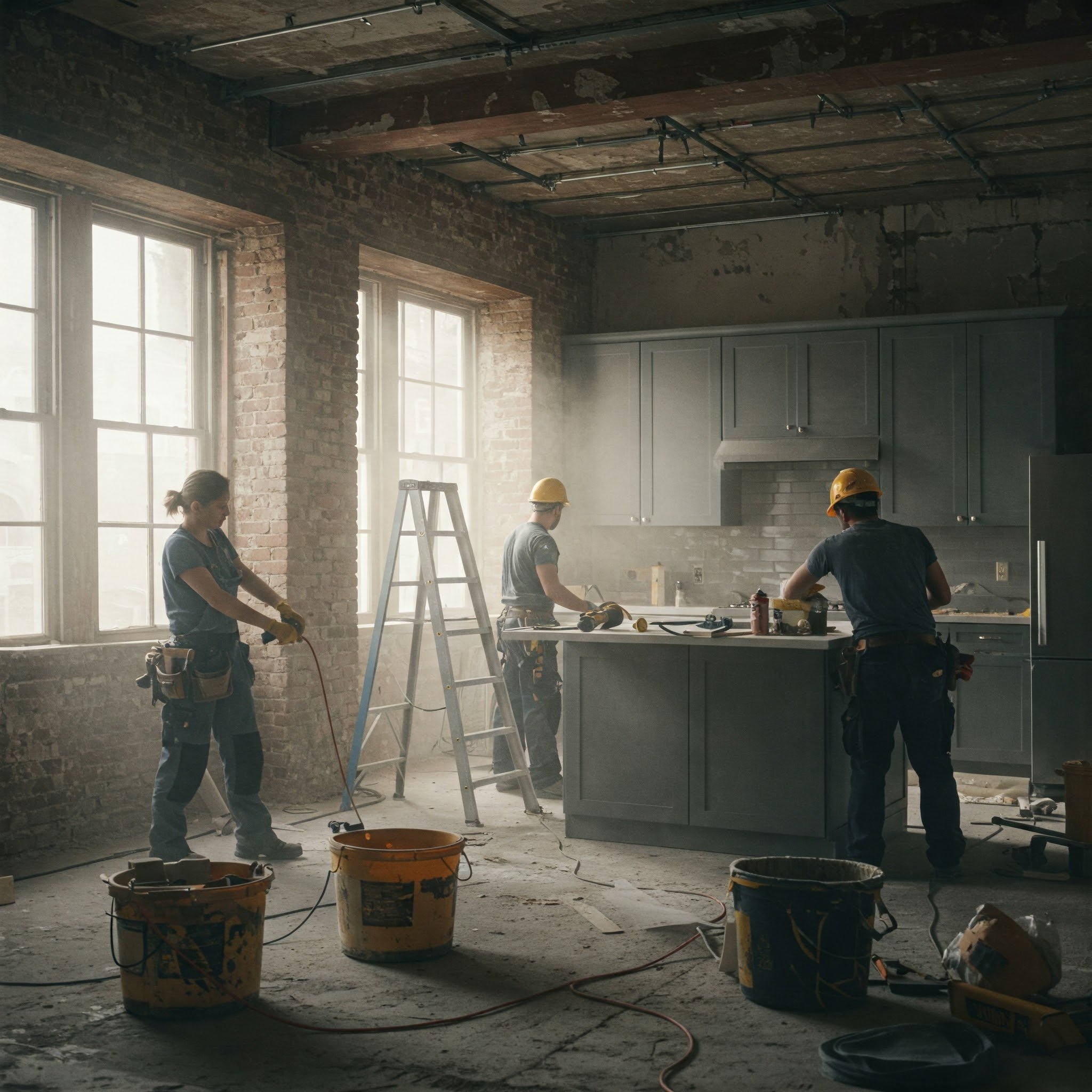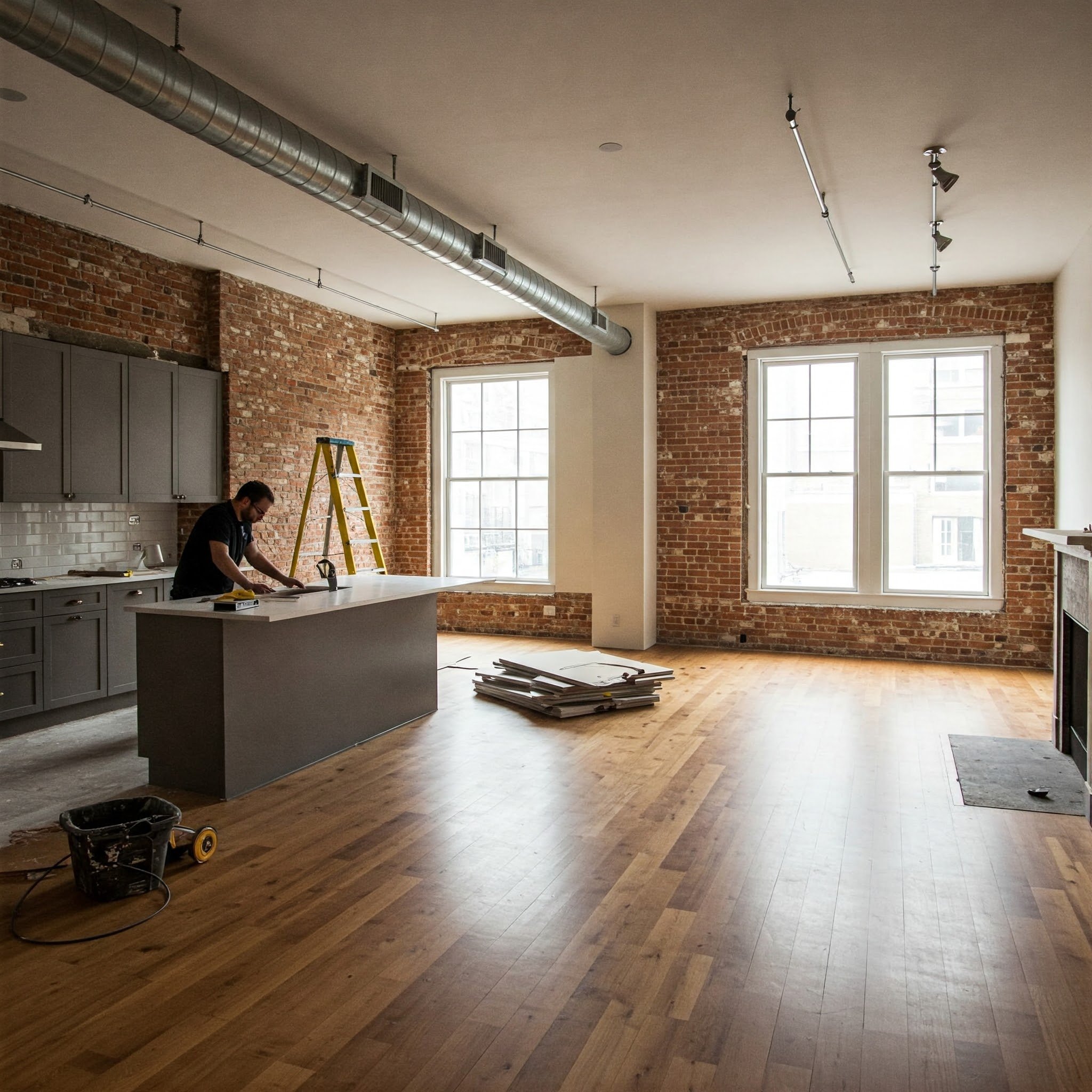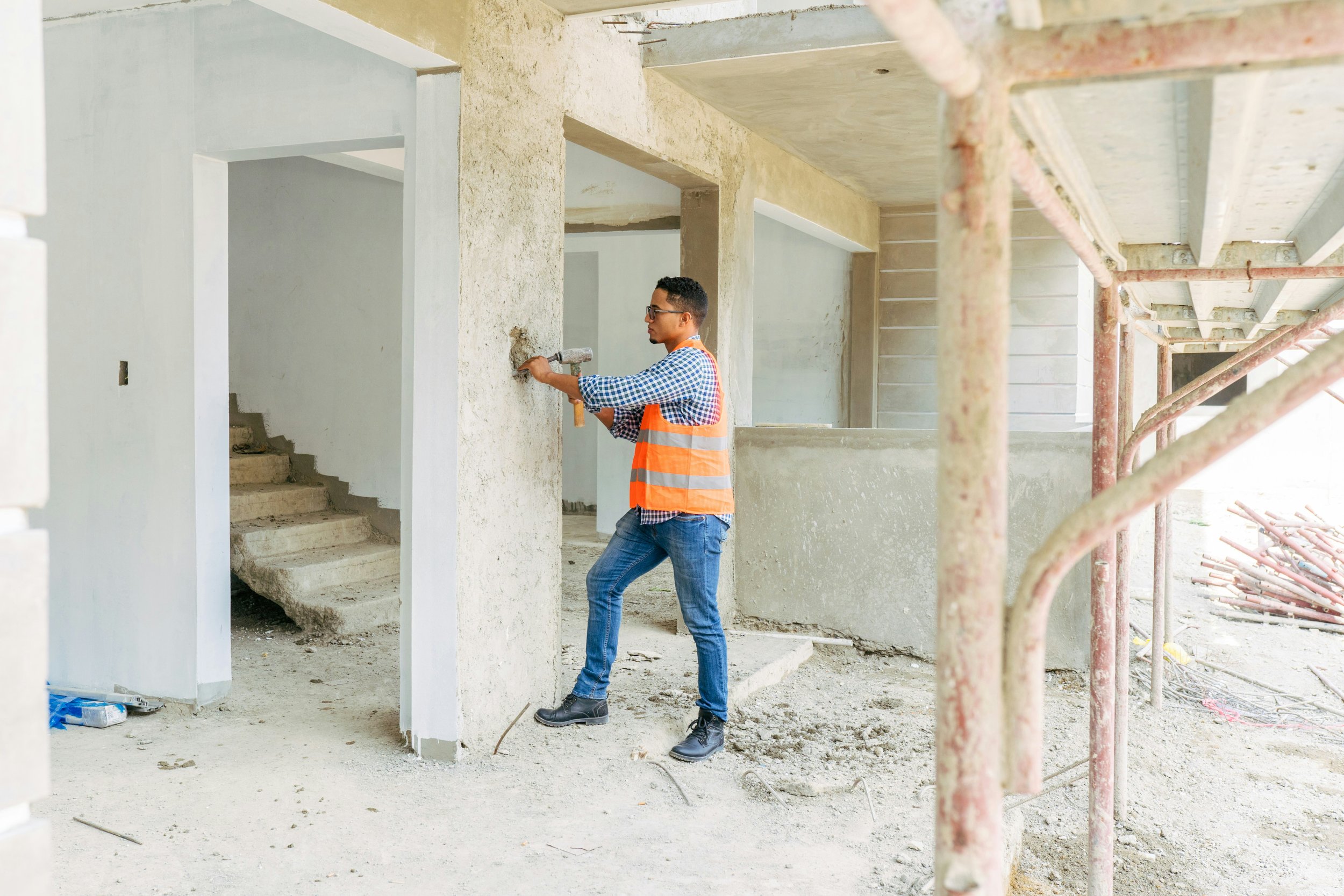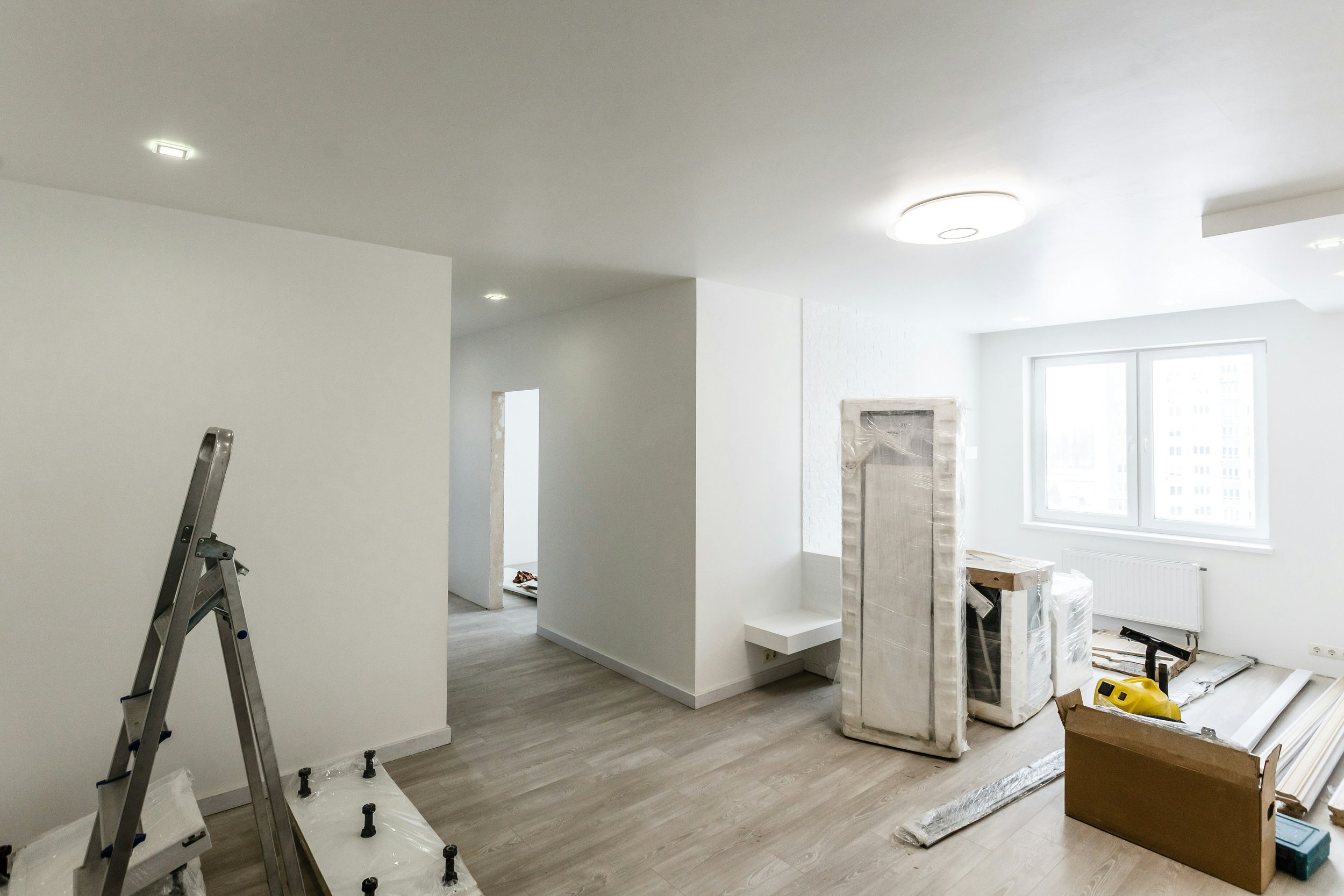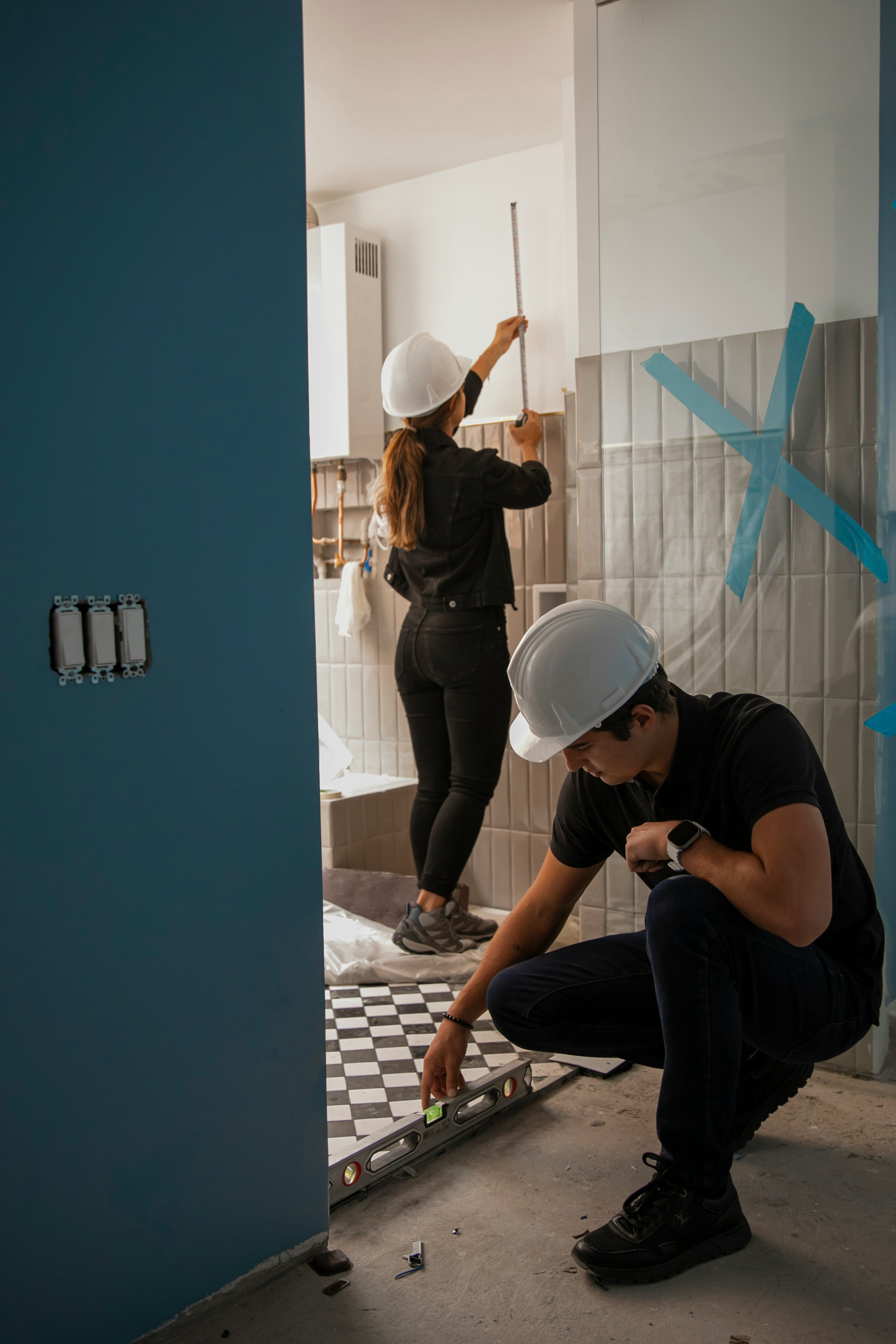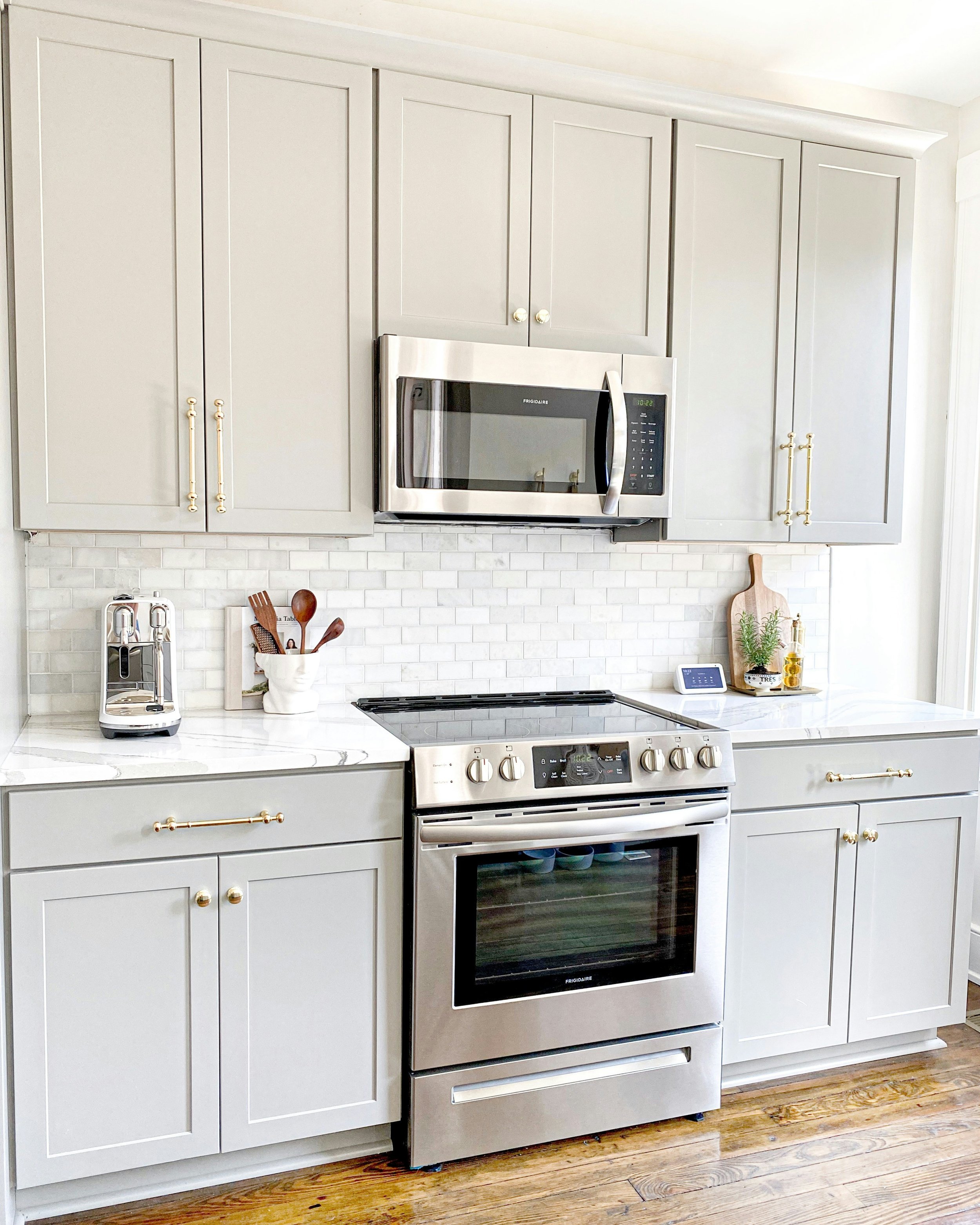10 Contractor-Approved Steps to Plan Your Home Renovation
Follow these 10 contractor-approved steps to plan a seamless and successful home renovation, from budgeting to project completion.
Renovating your home? It's a big task, but it doesn't have to be stressful. Whether you're updating your kitchen or adding a new room, planning is essential. Without a clear plan, costs can rise and timelines can extend. But with the right approach, you can keep everything on schedule and even enjoy the process. Let's outline the steps to ensure your home renovation is a success.
Key Takeaways
Start with a clear plan to avoid unexpected costs of your home renovation.
Set specific goals for what you want to achieve.
Budget realistically, including a buffer for surprises.
Hire professionals who fit your project needs.
Stay flexible and communicate openly with your team.
1. Build a Detailed Home Remodel Plan
Crafting a solid plan is your first step for a successful home renovation. A detailed plan will be your roadmap through the chaos of renovation, ensuring you stay on track and within budget.
Start Early
Begin planning 6 to 12 months before your start date. This gives you ample time to gather ideas, set goals, and prepare for potential hiccups.
Outline Your Goals
Consider what you want to achieve with your renovation. Are you updating to sell, or are you making your current home more comfortable for the long haul? Your goals will shape the scope and direction of your project.
List Your Projects
Make a list of what you want to tackle. This might include:
Rooms to renovate
Design inspiration
DIY tasks vs. professional jobs
Visualize the Outcome
Imagine how each space will look and feel once completed. This can help keep your design cohesive and functional.
Stay Flexible
Keep in mind that things might not always go as planned. Be ready to adapt and adjust your plan as needed.
For more remodeling advice, remember to keep researching and refining your plan as you go. A well-thought-out plan is the foundation of a successful renovation.
2. Establish Your Renovation Goals
Before you grab that sledgehammer or start picking out paint swatches, take a moment to clarify what you really want from your renovation. Knowing your goals upfront is key. Are you looking to add more space, like an extra room or a larger kitchen? Maybe you're focused on making your home more energy-efficient or simply updating its look. Whatever the reason, defining your objectives will guide every choice you make along the way.
Think About Your Needs
Start by asking yourself what you need. Is it more about comfort, like upgrading an old bathroom, or are you aiming to boost your home's value for a future sale? Maybe it's a bit of both. For instance, installing vinyl plank flooring throughout your home can serve multiple purposes - it's waterproof for bathrooms, durable for high-traffic areas, and its modern wood-look designs are highly attractive to potential buyers. Write these down. This will keep your goals front and center as you move forward.
Prioritize Your Goals
Once you know what you want, it's time to prioritize. Not everything can be done at once, especially if you're on a budget. Decide what's most important: Is it the kitchen that needs immediate attention, or is that basement crying out for a makeover? Rank your projects in order of importance and tackle them one at a time.
3. Set a Realistic Budget
Embarking on a home renovation can be thrilling, but without a solid budget, things can quickly get out of hand. Creating a realistic budget is crucial to avoid financial headaches down the road. Here's how you can set one up:
Know Your Limits
First, figure out how much you're comfortable spending. This involves looking at your savings, any potential loans, or refinancing options. Be clear about your financial boundaries before diving into the project.
List All Potential Expenses
Make a comprehensive list of all possible costs. This should include permits, materials, labor, and those little cosmetic details that can add up. Don't forget to include a contingency fund—10-15% of your budget—to cover unexpected surprises like discovering hidden structural issues.
Prioritize Your Needs
Not everything on your wish list will fit into your budget. Use your project plan to decide which elements are must-haves and which ones can be shelved for later. This helps in allocating funds to the most critical areas.
Get Multiple Estimates
Reach out to different contractors to get a range of estimates. This will give you a better idea of the going rates for labor and materials, ensuring you're not overpaying. Remember, the cheapest option isn't always the best one.
4. Prioritize Your Renovation Projects
When you're ready to dive into your renovation, it's key to figure out which projects to start with. Safety first should be your motto. Begin by tackling any safety hazards. This means things like fixing that creaky staircase or addressing electrical issues. Once that's sorted, think about what changes will really enhance your daily life. Maybe it's opening up the kitchen for more space or finally getting that extra bathroom.
Here's a simple way to prioritize:
Safety Concerns: Look for anything that could pose a danger.
Daily Use Improvements: Focus on areas you use the most.
High ROI Projects: Consider projects that will boost your home's value, like kitchen or bathroom upgrades.
5. Hire The Right Professionals
Hiring the right professionals is a key part of making your home renovation a success. You don't want to end up with someone who isn't up to the task. Choosing the right contractor can make or break your project. Here's how to find the best fit:
Do Your Homework: Start by gathering contractor recommendations from friends, family, or online reviews. Look for contractors with a solid track record.
Check Credentials: Make sure they have the necessary licenses and insurance. This is a must to protect you from any liabilities.
Interview Multiple Candidates: Don't settle for the first contractor you meet. Interview a few to compare their experience and approach. Ask about their previous projects, timelines, and how they handle unexpected issues.
Get Detailed Bids: Once you have a shortlist, ask for detailed bids. This should include cost estimates, timelines, and payment schedules. Remember, the cheapest option isn't always the best.
Review the Contract Carefully: Before signing, ensure the contract outlines the scope of work, deadlines, and any penalties for delays. Clear communication from the start avoids misunderstandings later.
6. Create a Renovation Timeline
Creating a renovation timeline is a key step in your renovation planning guide. It helps keep your project on track and minimizes stress. Here's how you can do it:
Start Early: Begin planning your timeline 2 to 3 months before your desired start date. This gives you ample time to coordinate with contractors and order materials.
Map Out Phases: Divide your renovation into distinct phases like demolition, construction, and finishing touches. For each phase, set realistic timeframes and consider potential delays, such as weather or material shortages.
Consult with Professionals: Work closely with your contractor to establish milestones and monitor progress. They can provide insights into how long each part of the project should take.
Include Buffer Time: Add a few extra days for each phase to account for unforeseen issues. This flexibility can save you from stress later on.
Use a Calendar: Organize each step on a calendar to visualize the entire project. This can help ensure your timeline is realistic and within budget.
7. Obtain Necessary Permits
Before you kick off your home renovation, it's super important to figure out if you need any permits. Skipping this step can lead to headaches down the line, like fines or having to undo all that hard work. So, here's how to get it right.
Check Local Requirements: Not every project needs a permit, but many do. If you're adding an extension, changing the plumbing, or even just replacing windows, you might need one. Contact your local city or county office to see what applies to your project.
Gather Your Documents: To get a permit, you'll need to show detailed plans of your renovation. This includes everything from the layout to the materials you're using. Be prepared with a certificate of location and an estimate of the costs and time involved.
Submit and Wait: Once you've got your paperwork in order, submit it to the relevant authorities. Keep in mind, it could take a few days or even weeks to get approved, so factor this into your timeline.
Schedule Inspections: After you get the green light, you'll need to have inspections at different stages of the project. This ensures everything is up to code and safe.
8. Source Materials
Sourcing materials for your home renovation can feel like a treasure hunt. Choosing the right materials is crucial because they will define the look and longevity of your project. Here's how you can do it without losing your mind:
Decide on Your Priorities: Before you start shopping, know what you value most. Is it durability, aesthetics, or cost? If you're after something eco-friendly, consider options like recycled wood or energy-efficient windows. These not only lower your environmental impact but can also cut down on utility bills.
Work with Your Contractor: Often, your contractor can get materials at a better price because of industry discounts. They can also guide you to essential building materials for home renovations that suit your project. But if you're looking for something specific or custom, sourcing materials yourself might be the way to go.
Balance Quality and Cost: It's tempting to go for the cheapest option, but remember that investing in quality materials now can save you from headaches later. You don't want to be replacing that cheap countertop in a couple of years.
Create a Materials Checklist: Write down everything you need, from nails to tiles. This helps you stay organized and ensures you don’t forget anything important.
By taking the time to source the right materials, you're setting the foundation for a successful renovation. It's all about finding that sweet spot between quality, cost, and what makes your heart sing when you walk into the room.
9. Address Unforeseen Challenges
Renovations can be full of surprises. Even with the best-laid plans, unexpected issues can pop up. Maybe you find hidden water damage, or perhaps the materials you ordered are delayed. Being ready for these curveballs is key.
Stay Flexible and Communicate
When something unexpected happens, keep calm and talk it through with your contractor. They’ve dealt with this kind of stuff before and can help you figure out the best way forward.
Have a Contingency Fund
Set aside a little extra cash—about 10-20% of your budget—for these unforeseen bumps in the road. Planning for renovation setbacks ahead of time can save you from stress and financial strain.
Keep an Eye on the Timeline
Unplanned issues might mess with your schedule. It’s important to adjust your timeline as needed, keeping everyone in the loop so there are no surprises.
Be Ready to Make Decisions
Sometimes you’ll need to make quick calls on how to handle problems. Trust your gut and the advice of your contractor to make the best choices for your renovation.
By expecting the unexpected and staying on your toes, you’ll handle any challenges that come your way with ease.
10. Manage The Finishing Touches
As your renovation project wraps up, it's time to focus on the finishing touches that really make your space shine. This stage is all about those last details that pull everything together, from installing fixtures to adding a fresh coat of paint.
Final Walkthrough
Before you call it a day, do a final walkthrough with your contractor. Check everything—fixtures, paint jobs, the alignment of trim. It's your chance to spot any minor issues, like touch-ups or uneven finishes, that need fixing.
Punch List
Create a punch list of tasks that need to be completed before you sign off. This list ensures nothing gets overlooked and includes:
Touch-ups for paint and finishes.
Correcting any incomplete installations.
Ensuring all fixtures and fittings are properly installed.
Attention to Detail
Don't rush this part. The little things, like the perfect color match or the alignment of a cabinet door, can make a big difference. Take your time to ensure everything aligns with your vision.
By taking these steps, you'll ensure that your renovation ends on a high note, leaving you with a space that feels complete and just right.
Conclusion
Wrapping up a home renovation can feel like crossing the finish line of a marathon. It's a mix of relief and excitement. You've put in the time, effort, and probably a bit of sweat to transform your space. By following these contractor-approved steps, you've set yourself up for success. Sure, there might have been a few bumps along the way, but that's all part of the journey. Now, you can sit back and enjoy the fruits of your labor, knowing that your home not only looks great but also works better for you and your family. Whether you're planning to stay for years or thinking about selling, a well-done renovation is always a win.
